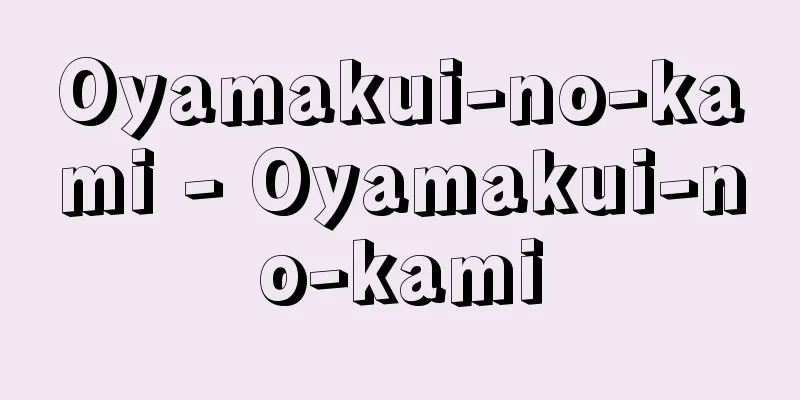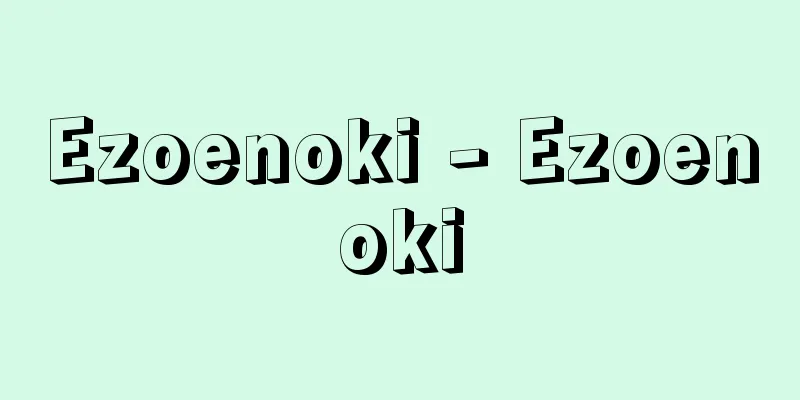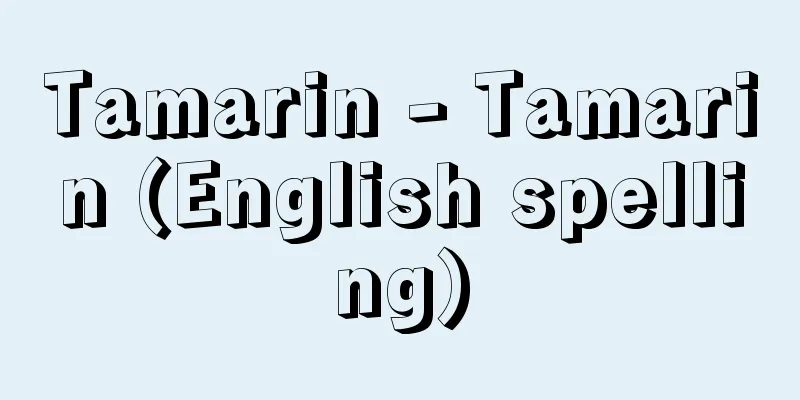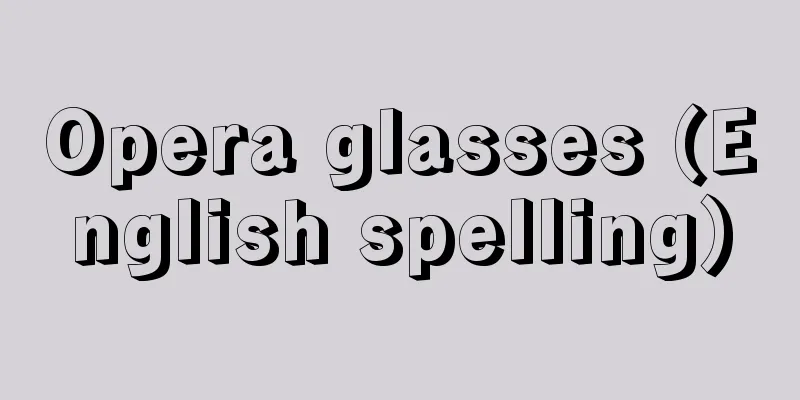Oyamakui-no-kami - Oyamakui-no-kami

|
A god who appears in Japanese mythology. "Kui" is the character for "stake." He is said to be a deified stick on which the god resides, or a deity who deifies the stick that marks the boundary of a mountaintop. According to the Kojiki, he is the son of Ootoshi-no-kami, the god of harvests such as grains, and Ame-no-chikarumizuhime, and is said to be a god who holds a naki-yabura (an arrow that flies with a loud noise) and has the other name Yamasue-no-Oinushi-no-kami, who resides in Mount Hie in Omi Province (Hiyoshi Taisha Shrine in Otsu City) and Matsuo in Kazuno (Matsuo Taisha Shrine in Nishikyo Ward, Kyoto City). In a lost passage from the Yamashiro-no-kuni Fudoki, there is a passage that says that a girl who brought home an arrow that had floated down the river and placed it on top of a door gave birth to a child after losing her husband, and that the arrow placed on the door was Matsuo Daimyojin, indicating a close relationship between Oyamakui-no-kami, Matsuo Daimyojin, and sticks or arrows. (Takashi Sasaki) Source: Asahi Japanese Historical Biography: Asahi Shimbun Publications Inc. About Asahi Japanese Historical Biography |
|
日本神話に登場する神。「咋」は「杭」に当てた文字。神が依り憑く棒を神格化した神とも,山頂の境界となる棒を神格化した神ともいわれる。『古事記』によれば,穀物などの実りの神である大年神と天知迦流美豆比売との間に生まれた子で,近江国の日枝の山(大津市の日吉大社),また葛野の松尾(京都市西京区の松尾大社)にいて鳴鏑(音を立てて飛ぶ矢)を持つ神であり,山末之大主神という別名を持つという。『山城国風土記』逸文には,川を流れてきた矢を持ち帰り,それを戸の上に置いておいた娘が夫無くして子を生んだが,その戸の上に置かれた矢は松尾大明神であったとの記述があり,大山咋神,松尾大明神と棒あるいは矢との間に密接な関係があることを示す。
(佐佐木隆) 出典 朝日日本歴史人物事典:(株)朝日新聞出版朝日日本歴史人物事典について 情報 |
Recommend
Bismuth monosulfide - bismuth monosulfide
...There are three known compounds of bismuth and...
Clifford Geertz
A leading American anthropologist. He obtained hi...
Cationic dye - Cationic dye
Orone-based A general term for basic dyes used to...
Sioux City
A city in the western tip of Iowa, USA. Population...
Kingdom of Castilla - Castilla Kingdom (English spelling)
A Christian kingdom formed in central Spain in the...
Triepel, H.
...However, the role of political parties was not...
Oniitaiya - Oniitaiya
...The leaves turn yellow in autumn. There are se...
Kyosu - Kyosu
...The players are called nakkarazen. A similar d...
Kamiita [town] - Kamiita
A town in Itano County in the northeastern part of...
Yushin
A poet of the Northern Zhou Dynasty in China. His...
Mougeotia
…The body is made up of a row of thin, tubular ce...
excess burden
...One is the problem of ``excessive burden'&...
Almagià, Roberto
[Born] 1884 [Died] 1962 Italian geographer. Profes...
Akagi oroshi - Akagi oroshi
...It is mainly said on the Pacific coast, and th...
Calappa philargius (English spelling) Calappaphilargius
… [Takeda Masatomo]. … *Some of the terminology t...









